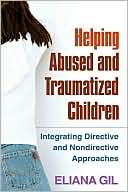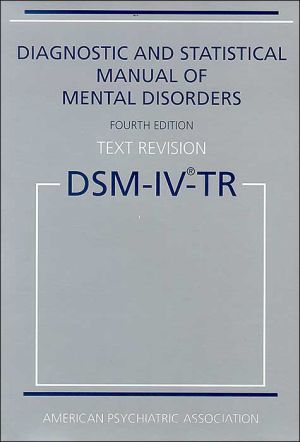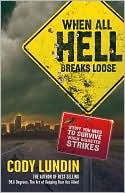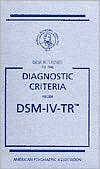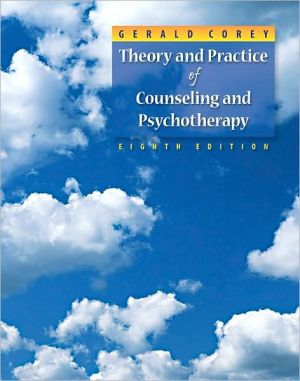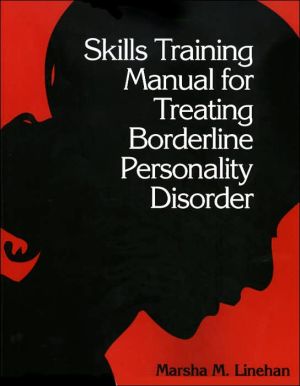Helping Abused and Traumatized Children: Integrating Directive and Nondirective Approaches
Search in google:
Presenting an integrative model for treating traumatized children, this book combines play, art, and other expressive therapies with ideas and strategies drawn from cognitive-behavioral and family therapy. Eliana Gil demonstrates how to tailor treatment to the needs of each child by using both directive and nondirective approaches. Throughout, practical clinical examples illustrate ways to target trauma-related symptomatology while also helping children process painful feelings and memories that are difficult to verbalize. The book concludes with four in-depth cases that bring to life the unique situation of each child and family, the decision making process of the therapist, and the applications of developmentally informed, creative, and flexible interventions. Doody Review Services Reviewer:Gary B Kaniuk, Psy.D.(Cermak Health Services)Description:This book discusses integrating various treatment approaches to help children who have been traumatized by physical/sexual abuse and/or other forms of mistreatment. The author combines both directive and nondirective approaches in her work.Purpose:According to the author in the preface, the treatment model she presents "has been developed in the course of my own professional maturation, and it represents an integration of several grounding theories." In the first chapter, she continues, "The purpose is to emphasize the necessity and applicability of an integrative approach to working with children, especially abused and traumatized ones. This approach recognizes children's linguistic and cognitive limitations and their varied developmental levels, as well as the clinical challenges frequently presented by children's resistance to a therapy process that is often unfamiliar and that they themselves infrequently seek out." (p. 3). At the end of chapter one, she adds, "my message in this chapter (and in this book as a whole) is that working with abused children requires an integrated approach that is flexible and responsive to a client's unique needs. Mental health professionals who pursue this approach must remain conversant with a variety of theories and approaches (both evidence-based and clinically sound), and have the ability to shift perspectives in order to maximize therapy opportunities for their clients.Audience:The intended audience includes all mental health professionals working with children and families, including child and school psychologists, social workers, play and art therapists, counselors, family therapists, and psychiatrists, as well as graduate students and trainees in these fields. The author is director of the Starbright Training Institute for Child and Family Play Therapy. She has 33 years of experience and has authored books on abused children.Features:The first part of the book covers the context for clinical work, while the second presents four case illustrations. In the first part, the author discusses basic principles and guidelines for assessment and treatment. Later, she addresses specific therapies including expressive therapy, cognitive-behavioral therapy, and family therapy/family play therapy. This book is effective because of the many clinical examples, including the formal case illustrations in part 2. This book is very easy to read. The author integrates various theoretical perspectives, especially expressive therapy. This information can help both seasoned therapists and those early in their career. Assessment:This is a very practical book, reasonably priced and conveying pearls of wisdom. It is written by an author with extensive experience who knows how to convey it effectively. Graduate students in child psychology will benefit greatly from the four case illustrations. Though the author has years of experience, her humble attitude comes through loud and clear in her final statement in the epilogue: "I am committed to continuing to observe, learn, and study so that I can best assist my clients."
I. The Context for Clinical Work1. Basic Principles in Working with Abused and Traumatized Children2. Guidelines for Integrated Assessments 3. Guidelines for Integrated Treatment 4. Expressive Therapies5. Cognitive-Behavioral Therapy6. Family Therapy and Family Play Therapy7. Special Issues: Posttraumatic Play and Problems of Dissociation II. Four Case Illustrations8. Scotty, the Castle, and the Princess Guard9. Carla's Search for Her Lost Mother10. Danger in the Backyard11. The Witch, the Baby, and the Bug, Sarah Stoudt Briggs Epilogue
